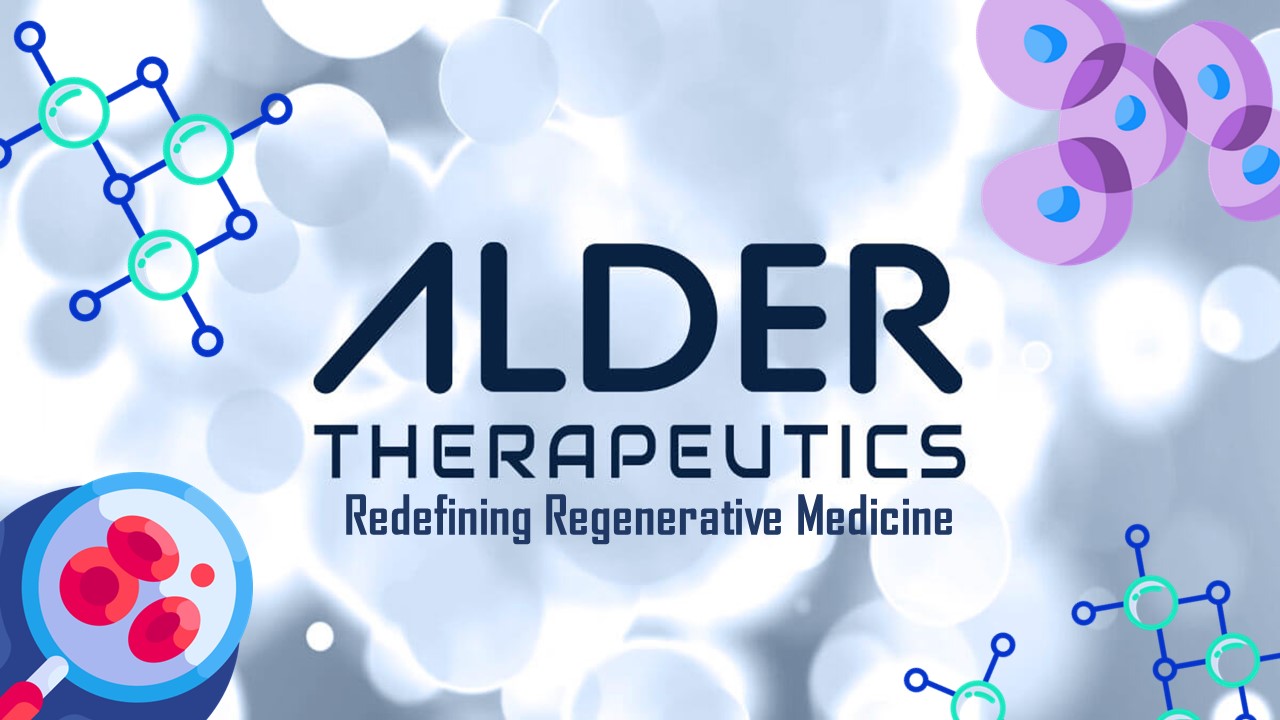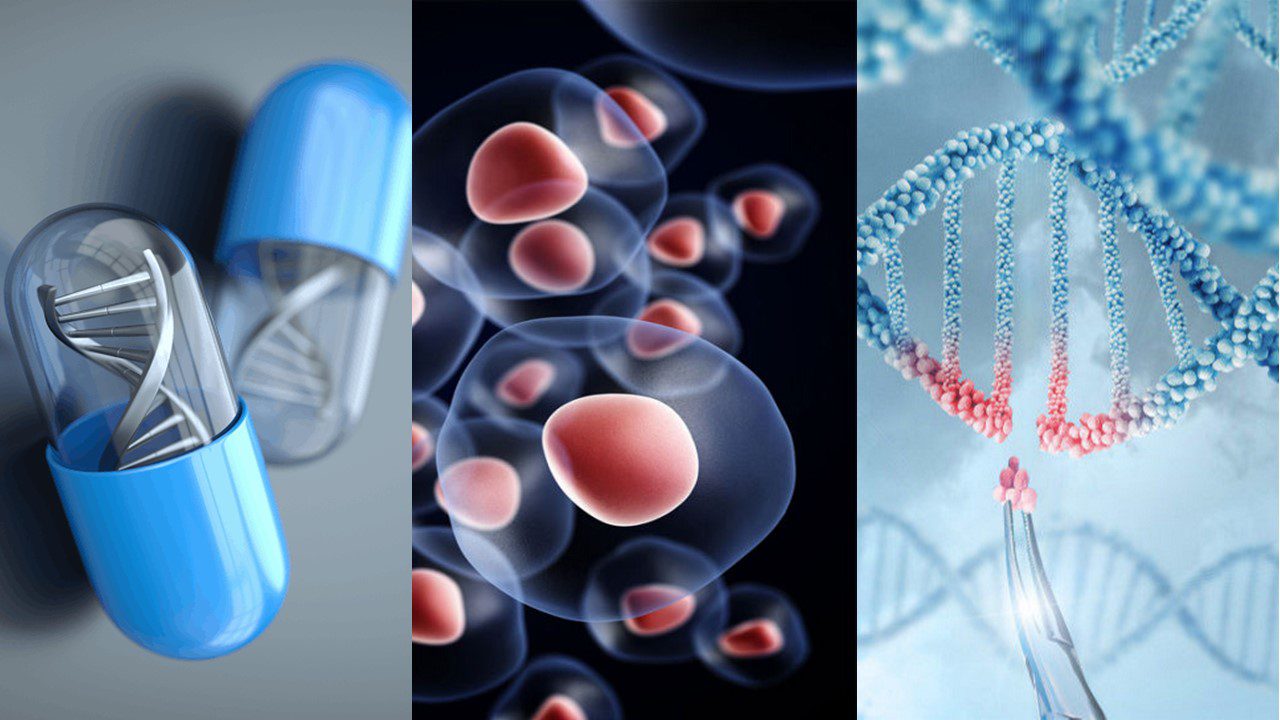Cell and Gene Therapies (CGT) promise to have a transformative impact upon many therapeutic areas, bringing innovative life-saving therapies to clinical needs with few other treatment options. However, investigating the efficacy and, crucially, the safety of these novel therapies presents unique challenges not faced by traditional therapeutic agents. If the treatment modality is to become prominent in the pharmaceutical mainstream, these obstacles will need to be addressed – while our traditional view of how trials are designed and conducted will need a rethinking to adapt to the inherent properties of CGT.
Cell and Gene Therapies
With over 20 FDA approved products, half of which are products other than cord blood, the role of cellular and gene therapies is rising – but findings are not translated to marketed products quickly enough. Chimeric Antigen Receptor T-cell (CAR-T) therapy has been in the focus of oncological therapeutic investigations for years, yet only five products have so far entered the market – while research is already expanding beyond traditional CAR-T, into areas such as CAR-Natural Killer cells. Other therapeutic modalities of interest include gene editing methods, including those vectored by engineered viruses – which we discussed in greater length here.
What these different subsets of CGT have in common is their dissimilarity from traditional small-molecule therapeutics. Not only do they often lack drug-like properties, such as low molecular weight, but they also have a completely different scope. Small molecules often bring about direct interactions with a well-characterized target, and their effects are often temporary until the small molecule is cleared from the body. CGT products often bring about more long-term physiological alterations – whether through directly editing the genome of cell populations in certain patients, or initiating entire cascades of immune responses via cellular interactions to suppress cancer.
Raising Questions
The differences presented by the unique biology of CGT were recognized both by regulators and investigators – as was the complexity of the trials investigating them. As early as 2013, the FDA highlighted some of these concerns in its own guidance for early clinical trials – noting the prolonged effects, risks of immunogenicity, and the possibly invasive administration routes for some therapeutics. Additional risks are also present: gene editing gone wrong can result in malignant tumors itself. These can result in disastrous high-profile adverse events, such as those reported by Great Ormond Street Hospital in the United Kingdom – where a child receiving a pioneering gene therapy in 2008 was found to have developed leukemia as a result of the treatment.
Cell therapies can also pose unique safety risks. Cell migration, ideally honing in on the desired site of the tumor, is of paramount importance to the introduced cells. However, this can go wrong – with damage reported in unrelated organs being one of the results. Other adverse events include alteration of membrane composition, as well as unintended differentiation of cells. All these effects underscore the wide-ranging potential of complex CGT therapeutics to affect the body. But these attributes are also the reason CGTs are such a promising endeavor to begin with: because of their potent, durable modes of action on targets that may have otherwise been unreachable.
Improving Inquiries
Advancing CGTs remains an imperative – but the trials to do so must recognize the obstacles to be overcome, and harness new technologies to tackle such barriers. Because of their nature, a detailed understanding of the disease being targeted is requisite for CGT products. Improved imaging techniques and composite biomarkers are a step in the right direction, but understanding disease history can be more challenging for rare diseases with low incidence. Oftentimes, the only resources available for rare diseases – particularly late-onset conditions – with no other treatment options are patient registries and historical data. These can be crucial in providing a control arm comparison. However, infrastructural fragmentation and data silos present other hurdles in making such data available to investigators. Regulators, stakeholders and patient advocates have a role to play in bringing about change and increasing collaboration in the rare disease space to advance therapeutic development.
The complexity of the products also presents operational challenges. The pool of clinical sites able to manage advanced therapies is limited, while the fragmentation in administrative and operational procedures across different sites can further slow the progress of clinical trials. Developing clearer guidelines and standards to increase comparability and compatibility will be a crucial endeavor in advancing the future of CGT trials. Harnessing the potential of Decentralized Clinical Trials (DCTs) and smart technologies can act to distribute knowledge across healthcare professionals as well as maximizing the geographical reach of the pool of expertise that is currently available. However, more trial sponsors will need to increase the flexibility of their own trial procedures to facilitate such protocols.
The challenges are numerous – but the solutions focus broadly on the same subject: embracing collaboration and cross-industry discourse. The industry should be unafraid in facilitating dialogue, both within industry stakeholders, and with regulators to advance novel trial designs that address the unique considerations for advanced therapeutics. Embracing novel technologies such as DCTs, and exploiting artificial intelligence to maximize the insights gleaned from the pool of data we have so far, both on CGT and the often rare diseases we hope to treat, will be critical in the bright future of the field.
Join Proventa International’s Cell and Gene Therapy (CGT) Strategy Meeting in Zurich this autumn to hear more about the trending developments in the field, meet key industry experts and facilitate even closer collaboration!
Subscribe
to get our
LATEST NEWS
Related Posts

Featured
Sygnature Discovery Teams Up with Axol Bioscience to Unleash Human iPSCs’ Power
Sygnature Discovery partners with Axol Bioscience to explore hiPSC-derived microglia for antineurodegenerative drug discovery.

Cell & Gene Therapy
Telethon, Licensed to Leverage Takara Bio’s RetroNectin®
Takara Bio collaborates with Fondazione Telethon ETS in a RetroNectin® license agreement.
Read More Articles
Synthetic Chemistry’s Potential in Deciphering Antimicrobial Peptides
The saga of antimicrobial peptides unfolds as a testament to scientific ingenuity and therapeutic resilience.












